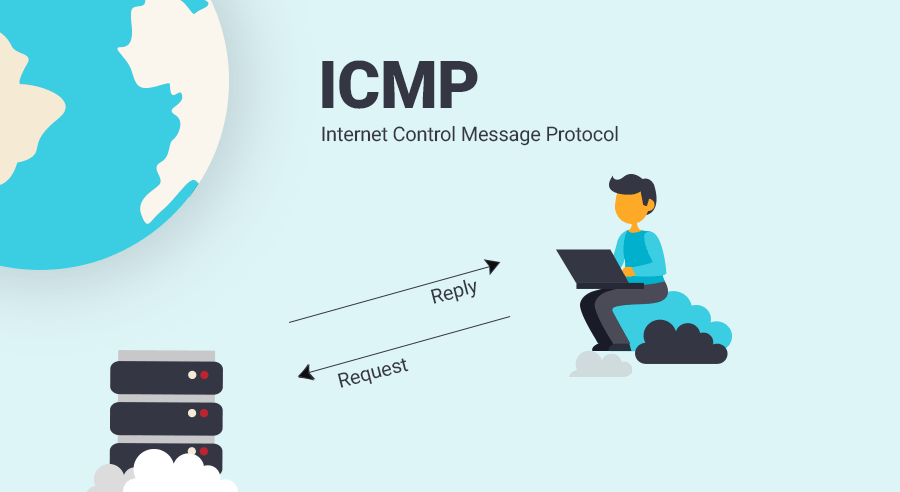Understanding ICMP Attacks: Threats and Countermeasures
In the realm of cybersecurity, ICMP (Internet Control Message Protocol) attacks represent a significant category of threats aimed at exploiting vulnerabilities within networking protocols. This blog delves into what ICMP attacks entail, their various types, real-world implications, and effective strategies to defend against them.
What is ICMP?
ICMP is a fundamental part of the Internet Protocol Suite (TCP/IP) used primarily for diagnostic and control purposes. It allows devices within IP networks to send error messages, inform routers of network congestion, check connectivity, and perform other essential network functions.
Types of ICMP Attacks
- Ping Flood (ICMP Flood):
- Description: Overwhelming a target system with ICMP Echo Request (ping) packets.
- Objective: Exhausting the target’s resources (bandwidth, CPU, memory), causing denial of service (DoS).
- Ping of Death:
- Description: Sending an oversized ICMP packet (greater than the maximum allowed size of 65,535 bytes).
- Objective: Triggering buffer overflow or crashing vulnerable systems.
- ICMP Smurf Attack:
- Description: Broadcasting ICMP Echo Request packets with a spoofed source IP address to multiple hosts.
- Objective: Redirecting replies to the victim, amplifying the attack’s impact (amplification attack).
- ICMP Redirect Attack:
- Description: Sending falsified ICMP Redirect messages to reroute traffic through an attacker-controlled device.
- Objective: Intercepting traffic, conducting man-in-the-middle attacks, or gathering sensitive information.
- ICMP Time Exceeded Attack:
- Description: Sending a large number of ICMP Time Exceeded messages.
- Objective: Overloading the target’s network with unnecessary traffic, leading to resource exhaustion.
Real-World Implications
- Denial of Service (DoS): ICMP floods can disrupt services and make networks inaccessible.
- Data Interception: ICMP redirect and related attacks can intercept sensitive data transmitted over the network.
- Network Reconnaissance: ICMP packets can be used to map network topology and identify potential targets for further attacks.
Mitigating ICMP Attacks
- Firewall Configuration: Implementing rules to filter ICMP traffic based on source, destination, and type can mitigate many ICMP-based attacks.
- Rate Limiting: Enforcing limits on ICMP traffic (e.g., ICMP rate limiting) prevents floods from overwhelming network resources.
- Packet Inspection: Using intrusion detection/prevention systems (IDS/IPS) to monitor and block suspicious ICMP traffic patterns.
- Patch Management: Keeping systems and networking equipment up to date with the latest security patches to mitigate vulnerabilities exploited by ICMP attacks.
- Network Segmentation: Dividing networks into segments with different security policies can limit the impact of ICMP attacks.
Conclusion
ICMP attacks leverage the essential network diagnostic capabilities of ICMP for malicious purposes, posing significant threats to network availability, integrity, and confidentiality. Understanding the types of ICMP attacks, their implications, and effective mitigation strategies is crucial for network administrators and cybersecurity professionals.
By implementing robust security measures, staying vigilant against emerging threats, and continuously updating defenses, organizations can safeguard their networks against the complexities of ICMP attacks and maintain resilient network infrastructures in today’s interconnected digital landscape.
Awareness and proactive defense are key to mitigating the risks posed by ICMP attacks and ensuring the secure operation of networks worldwide.
Stay informed, stay secure!
This blog provides a detailed exploration of ICMP attacks, covering their types, impact, and strategies for mitigation. It equips readers with essential knowledge to understand and defend against these threats effectively in modern networking environments.
Note: Blog based on publicly available information.


Leave a Reply